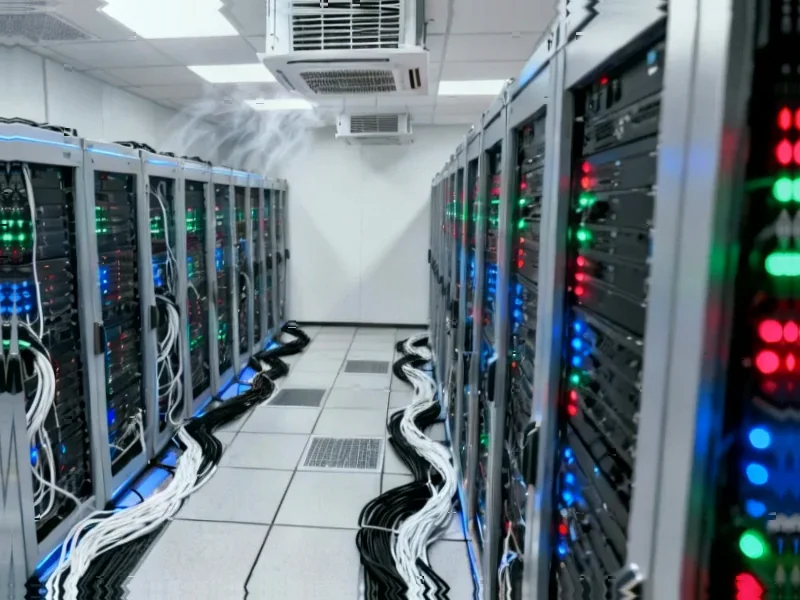According to TheRegister.com, in late 2025 Nvidia agreed to invest up to $100 billion in OpenAI to finance massive AI data center expansion, with OpenAI committing to purchase millions of Nvidia GPUs for those facilities. Weeks later, OpenAI confirmed a $300 billion five-year cloud deal with Oracle, which plans to spend $40 billion on roughly 400,000 Nvidia GB200 chips to power the project. In October 2025, OpenAI also partnered with AMD for 6 gigawatts of GPU deployment, receiving warrants for a 10% equity stake in AMD worth tens of billions. CoreWeave secured $22.4 billion in OpenAI contracts while Nvidia took a 5% stake and pre-purchased $6.3 billion in services, creating a circular funding pattern where money flows between the same handful of companies.
The trillion-dollar loop
Here’s the thing about this AI gold rush: it’s starting to look less like organic growth and more like financial engineering. When Nvidia invests $100 billion in OpenAI, who then buys Nvidia chips with that money, what’s really happening? The revenue looks fantastic on paper, but it’s essentially the same dollars rotating through the system. And we’re not talking small change here – we’re looking at deals that move stock markets by billions in a single day.
Remember when Oracle’s stock jumped 36% overnight because of the OpenAI deal? Larry Ellison’s net worth swelled by $88 billion in hours. That’s not normal market behavior – that’s the market reacting to what looks like guaranteed future revenue. But here’s my question: what happens when the music stops? If one company in this chain falters, the whole house of cards could come tumbling down.
Who wins and loses here?
For developers and startups trying to compete in AI, this circular economy creates an almost impossible barrier to entry. How do you compete when the biggest players are essentially funding each other’s growth? The compute costs alone are staggering – we’re talking about deals that involve enough electricity to power entire cities.
Enterprises looking to adopt AI might benefit from the infrastructure buildout eventually, but they’re essentially locked into whatever ecosystem these giants create. And let’s be real – when Nvidia’s Jensen Huang says investing in OpenAI is “one of the smartest investments we can possibly imagine” on his recent podcast, he’s not just talking about returns. He’s talking about securing his company’s dominance for the next decade.
Dot-com déjà vu?
The comparisons to the 1990s dot-com bubble are inevitable, but there’s a crucial difference. Back then, companies were buying each other’s ads for products that didn’t exist. Today, they’re building actual physical infrastructure – data centers, chips, power grids. The assets are real, even if the financial relationships are… let’s call them creatively intertwined.
But the scale is what’s truly mind-boggling. A $100 billion investment in a startup? That’s more than many countries’ GDPs. And when you add in Oracle’s $300 billion commitment and AMD’s equity-for-hardware swaps, we’re looking at numbers that defy conventional business logic. Basically, we’ve entered the realm of “if you have to ask the price, you can’t afford it.”
Where Washington fits in
Don’t forget the government’s quietly becoming part of this loop too. The CHIPS Act stake in Intel means taxpayer money is now tied to domestic chip production. On one hand, this could create more competition and break up the Nvidia monopoly. On the other, it just adds another layer of complexity to an already byzantine financial ecosystem.
The real question isn’t whether this is a bubble – it’s whether the underlying AI technology will eventually generate enough real-world value to justify these astronomical investments. Because right now, we’re watching the world’s most expensive game of musical chairs, and I’m not sure anyone knows what happens when the music stops.




